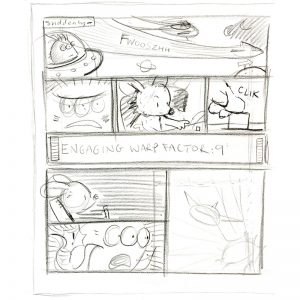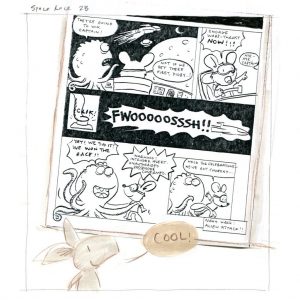1. Tell us a bit about yourself and how you became an illustrator.
I was fortunate to have parents who actively put importance upon literacy, so I grew up with books and was encouraged to read. Some of my earliest memories are of being read to at bedtime (my dad was especially fun, as he would use different voices for the characters). Above my bed was a pine shelf adorned with trinkets and books—Miffy, Richard Scarry, Barbar, Winnie-the-Pooh, the Beatrix Potter stories, Paddington, and Maurice Sendak’s dinky Nutshell Library, which I expect came from our American friends. I spent my childhood drawing and reading, and made weekly trips to the local library—almost daily during the school vacation.
As I got older I made little books, banged out on an old typewriter and stapled together. These later developed into comics (one character I remember was “Super Otter”!). I continued with art at school, then into college, and earned an illustration degree at Brighton University, where I was about the only one looking at children’s illustration. I graduated feeling totally disillusioned (we were told during the last week that no one would make it as illustrators), and tried—but failed—to become a primary school teacher. So, I guess you could say that I accidentally ended up as an illustrator of children’s books via a preordained route!
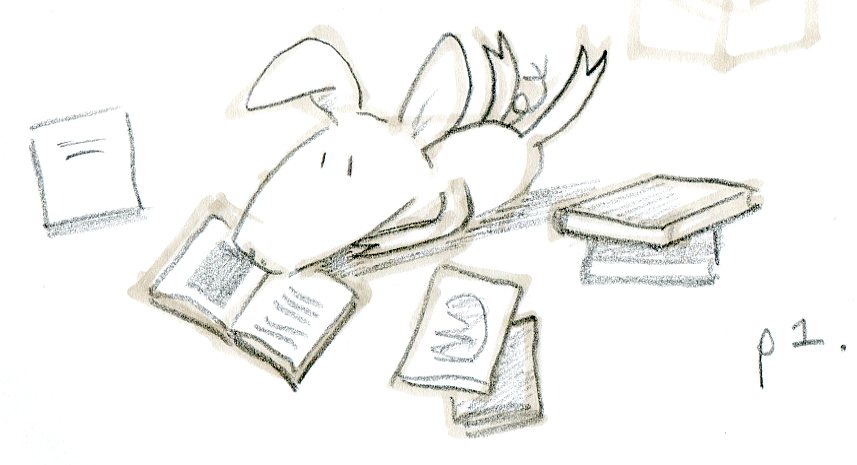
Piggy from The Big Book Adventure
2. What is your artistic process, step by step?
My wife Jane and I are quite unusual nowadays, I think, in that we work in what is now referred to as an old-school, or analog, way! While the process varies from project to project, it remains essentially the same:
1. Read the text a good few times, then let my ideas simmer for a while.
2. Start writing down themes and ideas, and make notes.
3. Have a crisis of confidence!
4. Start drawing—ideas, characters, compositions. At this stage I usually look at other children’s books for inspiration.
5. Have another crisis of confidence.
6. Carry on drawing until I have enough to work with. Collate the drawings into piles (usually by photocopying and cutting out), one pile for each spread of the book.
7. Cut and paste a rough composition; make more drawings.
8. Draw up into a more presentable rough for each spread and submit for approval (or not!).
Once approved, I draw up my spreads in pencil on watercolor paper, and stretch the sheets on wooden boards so they don’t buckle when I start painting (always a hazard when using watercolor and ink).
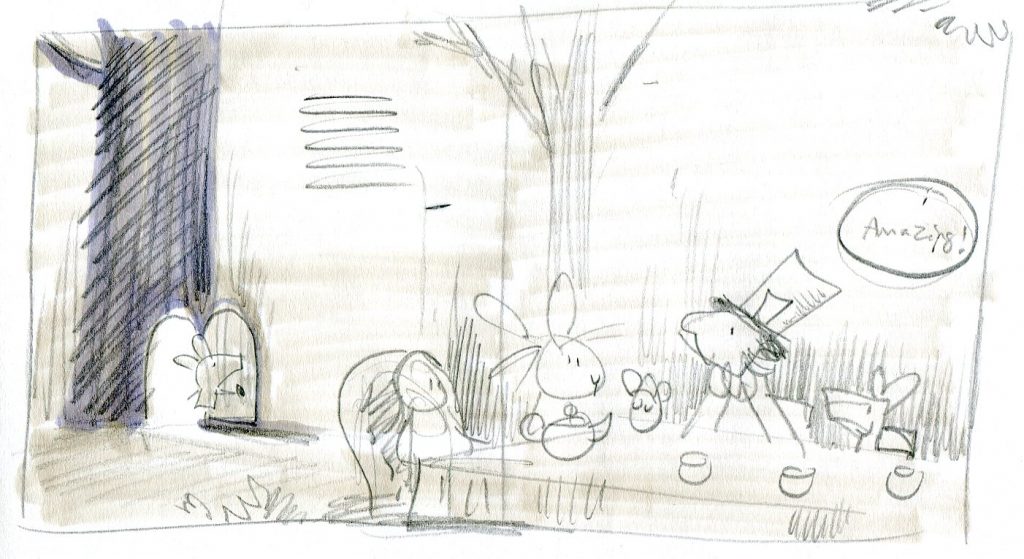
Rough Sketch of the Mad Tea Party Scene
3. What inspires your work?
I’m inspired in my work by all sorts of things: my kids (I have a treasure trove of notes and sketches of their early years), other illustrators, the world around me. It’s hard to pinpoint one particular thing. I love Instagram but it’s a huge time-sapper, so I tend to avoid it. But man, is it inspiring!
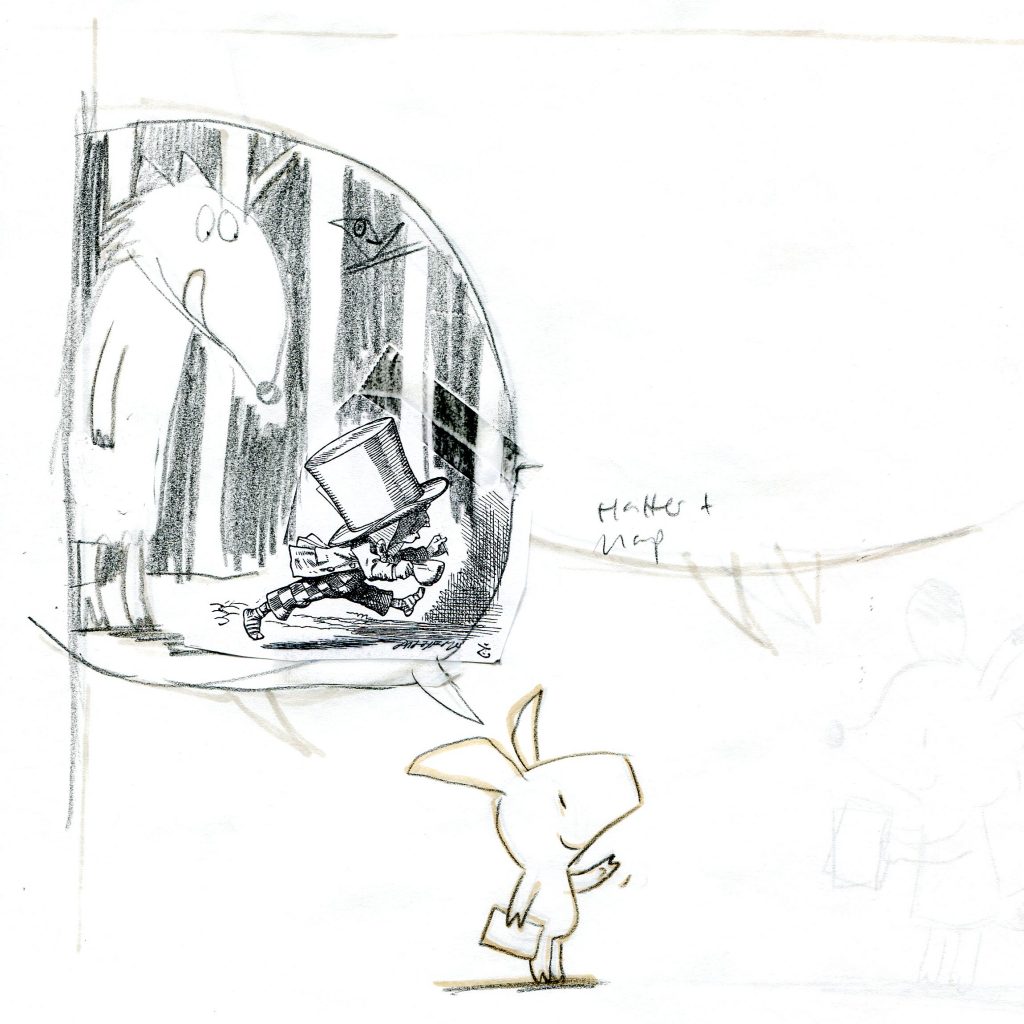
Sketch of Piggy, the wolf, and the Mad Hatter
4. What is your all-time favorite project that you've worked on?
I think probably my self-initiated personal project, Chalk & Cheese Comics. This was an online comic strip that grew out of my book Chalk & Cheese (Simon & Schuster, 2008). I wanted it to be a graphic novel for kids, but the publisher had other ideas (their compromise was to allow comic elements like sequential panels, sound effects, and speech bubbles). The characters are very dear to me, as they are based on myself (Chalk) and my eldest son, Noah (Cheese). So once the book was completed, I would still have the characters playing out scenarios in my head, which is why I decided to take them further and create something more like my original vision. I had to end the strip due to lack of time, but in my head, it’s only paused. I would love to work on it again.
 5. How do you handle creative slumps?
5. How do you handle creative slumps?
How do I handle creative slumps? Badly! I have suffered with mental-health issues and depression, so creative slumps can become something bigger. If I’m totally stuck for ideas, a day or two spent looking through children’s books is a good remedy. I find that can spark off my own ideas.
I have also recently discovered the awesome podcast Creative Pep Talk, with Andy J. Miller. I wish I’d found it years ago! If you work as a professional artist, you should give it a listen! There are others out there, but this is the one I’ve connected with most. Really sound advice and honest insight.
6. What is something you wish you had known starting out as an illustrator?
I wish I’d known that my teachers were wrong, and that you can make a living as an illustrator! I wish I’d known the importance of having confidence earlier.
7. What was your favorite part of illustrating The Big Book Adventure?
Working on The Big Book Adventure was great! In essence, it’s a celebration of books and the joy of reading, of allowing yourself to be taken on exciting journeys! I suppose that message is core to me. One spread references the Mad Hatter’s tea party, which became the key to the whole project. I was loath to draw Alice and couldn’t help but think of the classic John Tenniel illustrations. I thought to myself, If only I could just pop Piggy straight into those illustrations . . . then I discovered the illustrations are in the public domain, meaning I could! It was the obvious way forward, as it sets the premise for the whole book—that we are entering these different worlds via the books that Piggy and Foxy have read. For example, we get to see Piggy in the woods with Little Red Riding Hood and the wolf. The joy of this was that it allowed me to illustrate in many different styles. There is collage, scratchboard, watercolor, computer-colored comic panels, and of course those classic Alice’s Adventures in Wonderland illustrations by Tenniel.
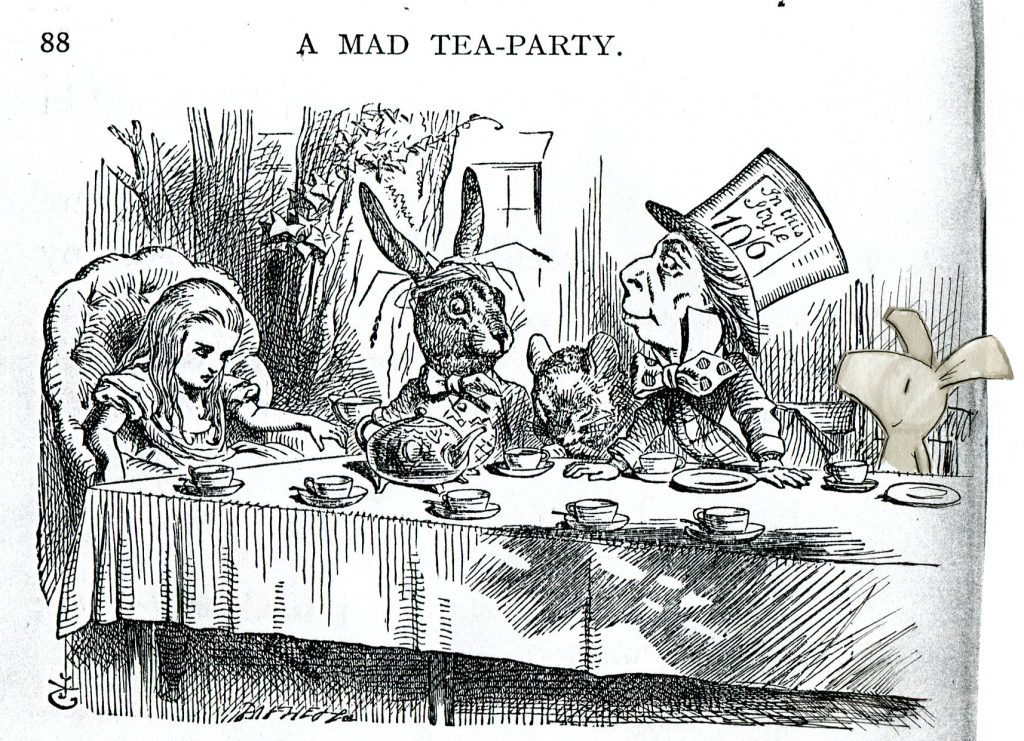
Piggy in the classic Alice’s Adventures in Wonderland illustration
8. How does the children's book illustration process differ from other work you've done?
The children’s book illustration process is very collaborative, which can be frustrating at times. Depending on the size of the publisher, the text and illustrations may have to pass through different teams—editorial, design, and the sales team. My Chalk & Cheese comic strip was a dream, as I wrote it for myself, so I could do whatever I pleased. It's what I would produce if left alone! I’ve also recently been working in clay, just for fun, which I love!
9. Is there any type of project you haven't done, but dream of doing someday?
I dream of creating a graphic novel for kids. I'd also like to work on some monochrome illustrations for a chapter book and have a go at writing longer kids’ fiction.
10. Do you have any advice for aspiring children's book illustrators?
1. Be yourself (unless that contradicts points 2 or 3).
2. Be easy to work with.
3. Be reliable.
Find Tim Warnes online: Twitter | Instagram
The Big Book Adventure
Written by Emily Ford
Illustrated by Tim Warnes
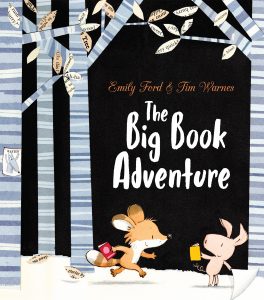



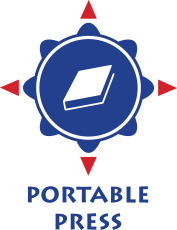



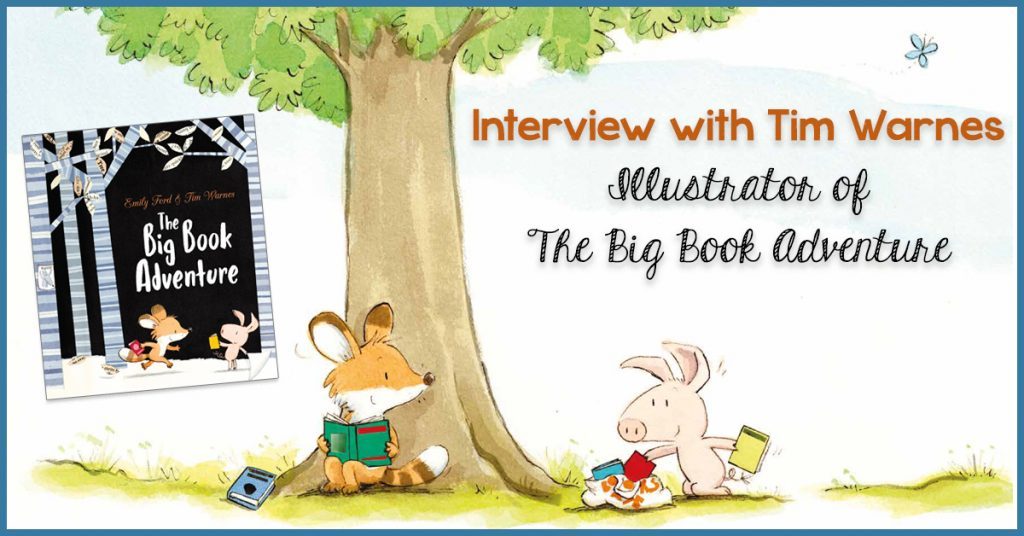
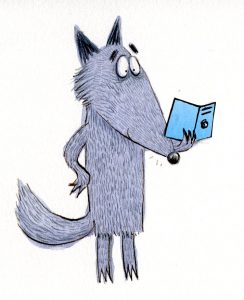 5. How do you handle creative slumps?
5. How do you handle creative slumps?